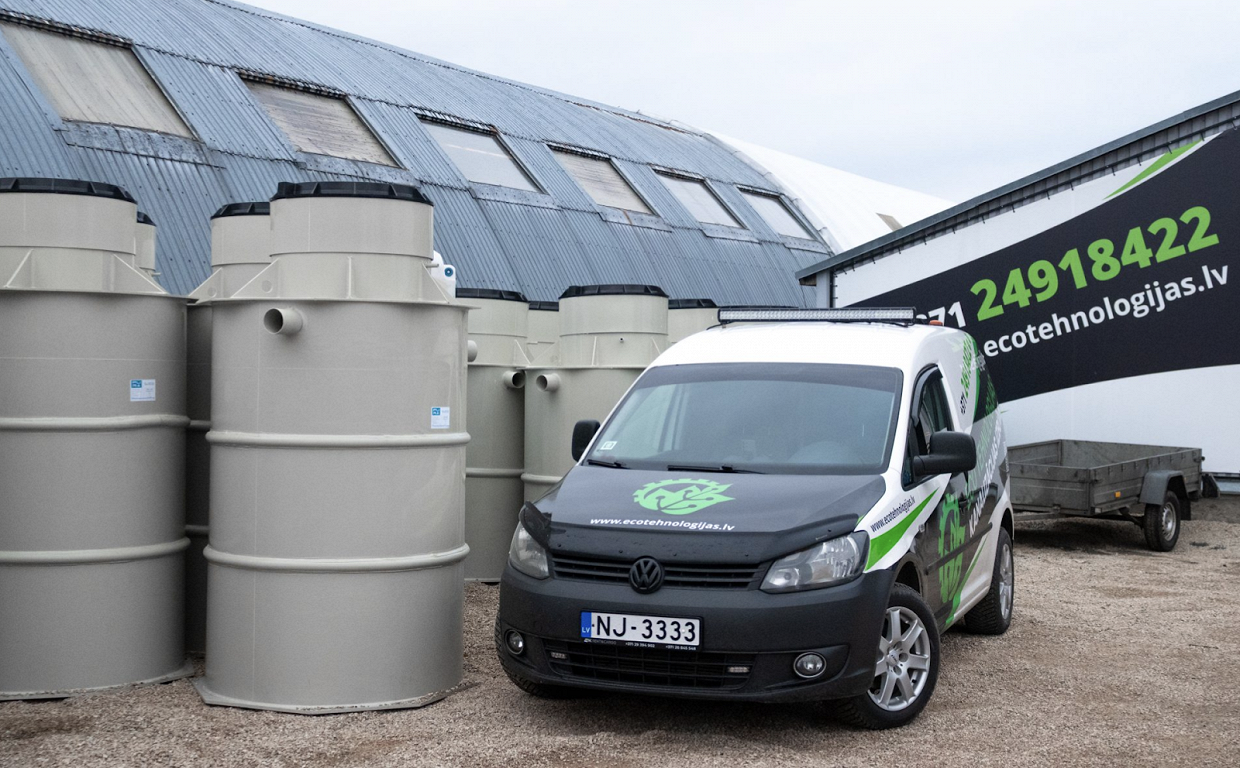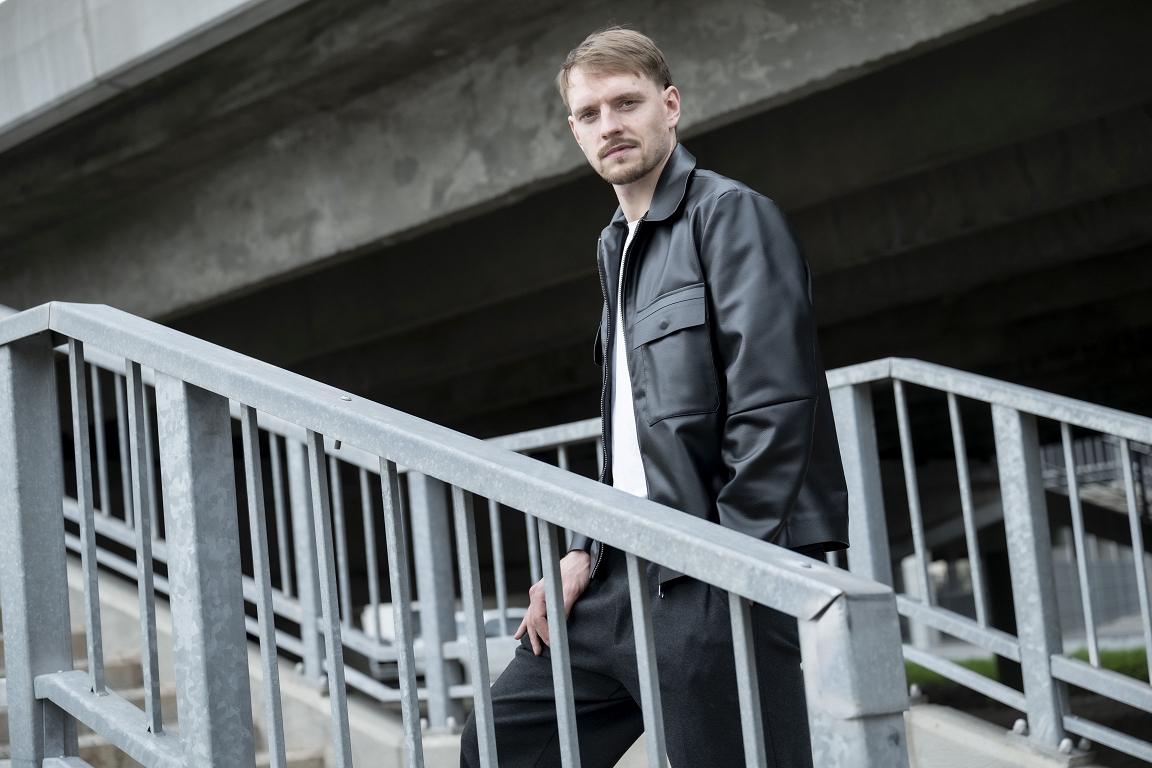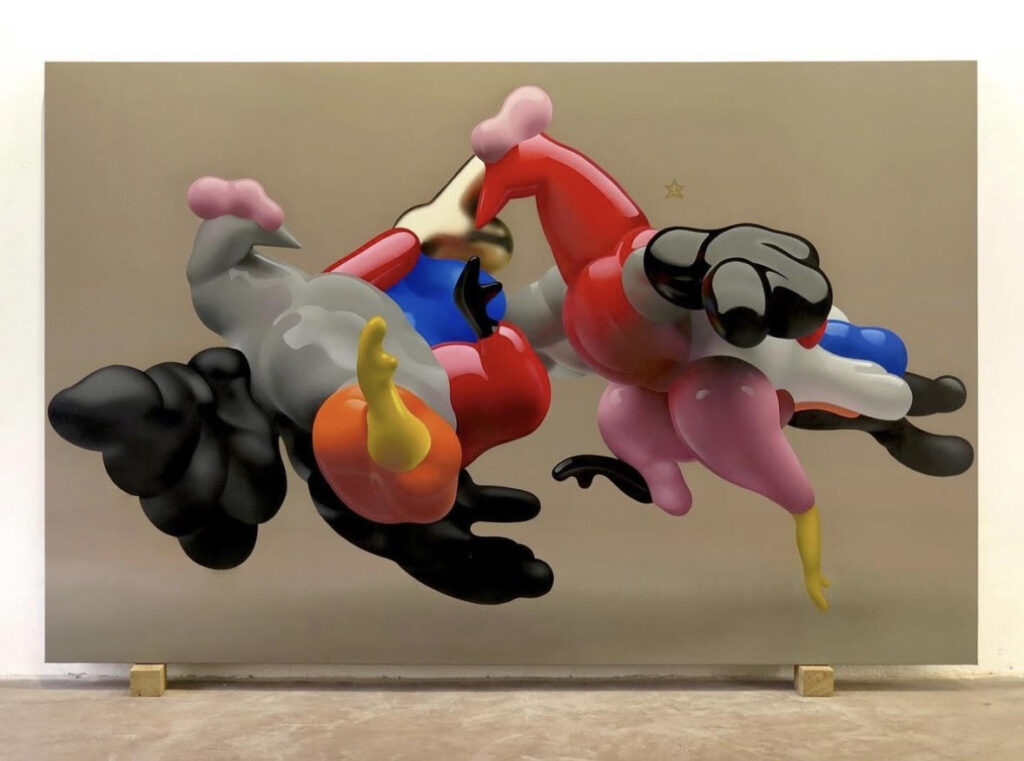Sustainable solution for your special / day

Why Pura? Efficiency, innovation and peace of mind
Pura biological treatment plants are designed with the aim of ensuring maximum efficiency, long service life and minimal operating costs. These equipment uses advanced biological purification technology based on the natural functioning of microorganisms, effectively breaking down organic matter and reducing contamination.
The main advantages of Pura:
- High purification efficiency: Pura systems provide up to 95% sewage treatment efficiency, including effectively reducing nitrogen and phosphorus compounds. This is essential given the data of the State Environmental Service (VVD), which shows that there are still wastewater treatment plants in Latvia, which are polluting the environment for a long time. When choosing a Pura, you are making an investment in cleaner nature.
- Low operating costs: Thanks to the unique solution of the air mixing system in the anaerobic and denitrification chamber, as well as the efficient operation of microorganisms, the pure equipment consumes relatively little electricity and produces a small amount of sludge. This provides lower daily costs compared to other solutions.
- Durability and longevity: The body of the Pura equipment is made of high quality polypropylene, which is reinforced with additional rigidity ribs, guaranteeing 100% durability even in difficult ground conditions with high groundwater levels. The manufacturer provides an impressive 10 -year warranty for the tank, certifying its reliability.
- Silence and odorless: Pura equipment is designed so that they operate practically inaudibly and do not release unpleasant odors. It provides a comfortable environment for your property.
- Adjustability: There are various Pura models – from Pura 5 to Pura 50, which can handle sewage from 0.6 to 7.5 m³ per day, meeting the needs of up to 50 people. This allows you to choose the optimal solution for small private homes and larger objects. It is also possible to choose the covers of various sizes and an integrated or individual blower container.
- Certification and compliance with standards: Pura equipment meets the strict European standards EN 12566-3: 2005+A2: 2013, which demonstrates their safety and reliability.
Technology that cares about the environment
Pura wastewater treatment process is a four -step system that provides maximum efficiency:
- Anaerobic Camera (an): This is where organic pollutants are oxidized without the presence of oxygen, reducing phosphorus compounds.
- Denitrification Camera (DN): Nitrates are converted into nitrogen gases using denitrifying bacteria.
- Nitrification Camera (N): The microorganisms divide organic contaminants through oxygen and convert ammonia into nitrates.
- Secondary depositor (NUS): The sewage is separated from the sludge, providing the maximum pure water discharge.
This complex but efficient system ensures that the purified water is clean enough to be drained into the environment safely.
Simple installation and reliable maintenance
The Eco Technology team provides a full series of services – from consulting and the most appropriate Pura model to choose from professional installation and regular maintenance. Eco Technology experts will ensure that your equipment will work smoothly for years.
« Eco Technology » – Your partner in the sustainable future
Selecting Pura’s biological treatment plant from « ECO technology« You not only get a high quality solution for your sewage, but also support a company that is responsible for the environment. We provide not only organic sewerage, but also septic tanks, water supply, water supply and sewerage systems design, rainwater drainage and landscaping.
Contact us today to learn more about Pura’s biological treatment plants and how they can help your property become more environmentally friendly and efficient! Visit our website www.ecotehnologijas.lv Or call 24918422.




:format(webp)/s3/static.nrc.nl/wp-content/uploads/2025/05/22214607/web-2205BUIbill_vandaag2.jpg)


